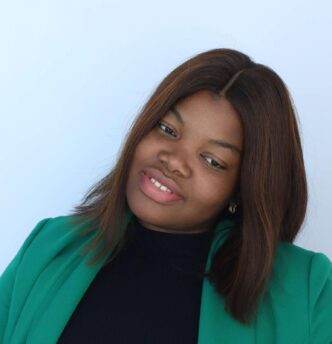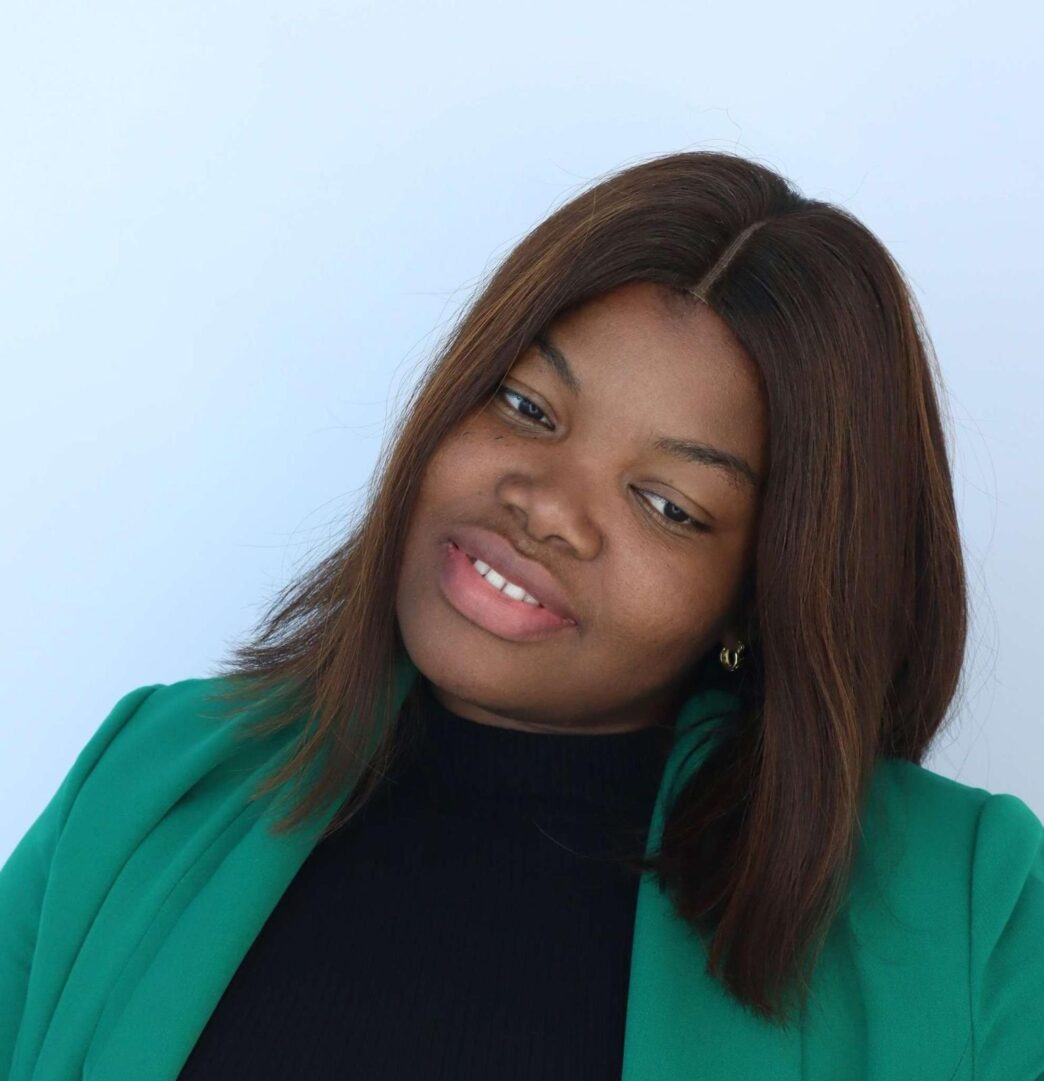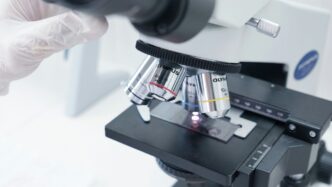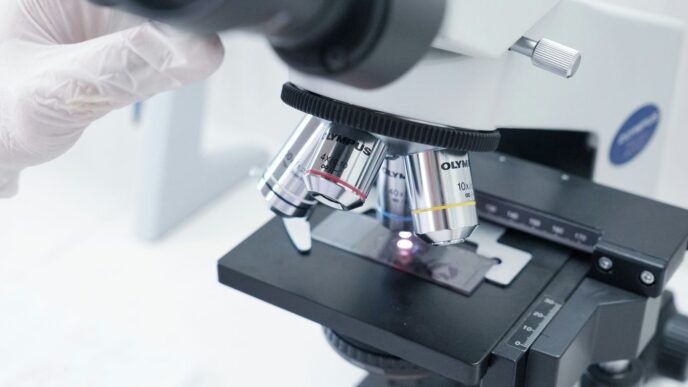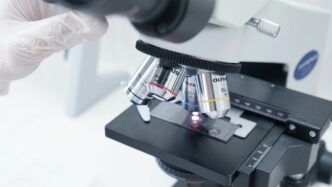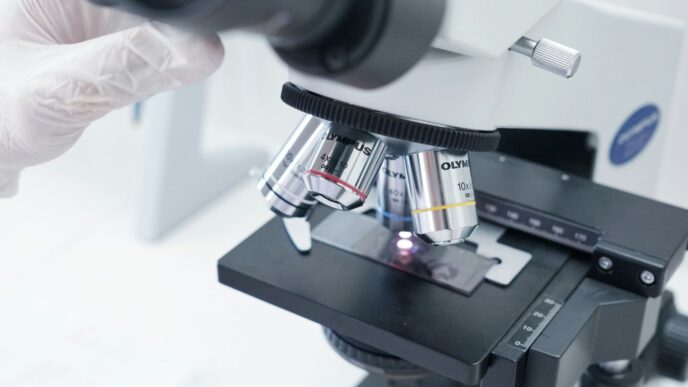At the 75th Southeastern Regional Meeting of the American Chemical Society (SERMACS 2024) in Atlanta, Georgia, Charlotte Annan of Georgia State University’s Department of Geosciences presented her pioneering research on how radon moves through soils and what it means for environmental safety and public health.
Her talk, titled “Comprehensive Assessment of Radon Behavior Across Soil Horizons,” explored how radon gas, a naturally occurring radioactive element and the second leading cause of lung cancer, emanates from different layers of soil under changing environmental conditions.
“Radon is invisible, but its effects are measurable,” Annan said. “Understanding how and where it is produced in soil allows us to protect lives through science-informed policy.”
Annan’s research focuses on how soil composition, texture, and moisture influence radon release from the ground. By analysing how radon behaves across distinct soil layers, her work underscores the importance of considering subsurface variation rather than treating soil as a uniform medium. “Each layer of soil has its own story,” she explained. “By studying them separately, we can better predict where radon will emerge and how to mitigate it.”
She also discussed how soil moisture and weather conditions play a dynamic role in controlling radon movement. “Water is not simply a barrier; it is a regulator,” Annan noted. “At low levels, moisture helps radon escape; when the ground becomes saturated, it traps the gas underground.” She added that changing rainfall patterns and soil moisture due to climate variability can influence how radon moves through the ground. “When the soil is saturated, radon tends to stay trapped; when it dries, it can escape more easily,” she said. “This interplay between soil processes and weather conditions underscores the link between climate science and public health.”
Although her study was conducted in the United States, Annan drew parallels to the United Kingdom, where radon remains a significant environmental concern. She noted that regions such as Cornwall, Devon, and Derbyshire contain uranium-rich formations comparable to those in parts of the southeastern United States. “The same geological principles apply across borders,” she said. “Understanding radon dynamics at depth is just as critical in the UK as it is in the US.” Her approach, she explained, offers insights that could strengthen how countries refine radon-risk mapping and awareness programmes.
Annan’s presentation emphasised the practical value of geoscience research for builders, regulators, and environmental agencies seeking to reduce exposure risks before construction begins. “The more we know about how radon moves through soil, the better we can protect communities,” she said. She further stressed that soil type and composition should guide the design of protective measures rather than relying on uniform standards for all regions.
“Regions underlain by uranium-rich geology across the world face a shared responsibility to monitor and manage radon as a public-health concern,” Annan observed. “We cannot see radon, but we can measure, model, and manage it through the right science.” Her comments reinforced her broader commitment to translating geoscience into actionable solutions for communities worldwide.
Her concluding remarks focused on bridging scientific research and policy implementation. “The connection between the ground we live on and the air we breathe must inform how we build, legislate, and educate,” she said. “Radon is preventable, and prevention starts with data.” She encouraged greater collaboration among scientists, engineers, and health officials to develop comprehensive global mitigation frameworks.
Charlotte Annan’s presentation at SERMACS 2024 combined scientific depth with public relevance, bridging environmental geochemistry and health awareness. By emphasising that “radon is invisible but measurable,” she captured the essence of her research philosophy that data-driven understanding is the foundation of prevention. For the United Kingdom, where radon remains an ongoing environmental challenge, her work offers fresh perspectives for advancing public awareness and evidence-based policy.

